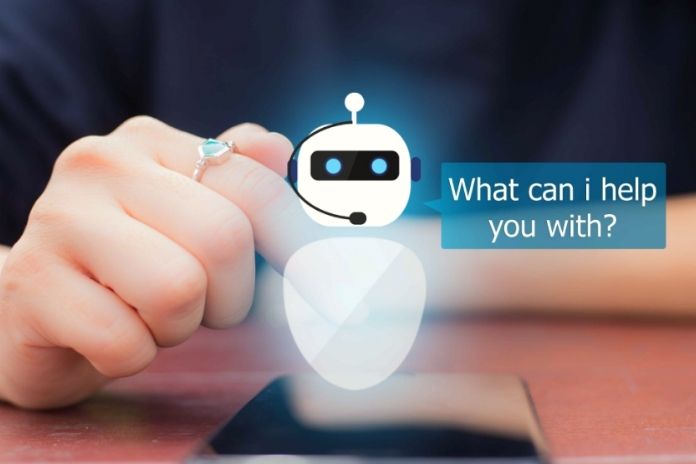Equipped with artificial intelligence, a virtual assistant can handle an unlimited number of assistance requests in real-time. Just what an online shopping site, open 24 hours a day, seven days a week, requires. Given the persistence of the emergency, a growing trend does not seem destined to stop in the short term. Indeed, according to some experts, the experience of quarantine could radically change our buying behavior.
This is why it is essential to organize your e-commerce to offer visitors a quality experience and manage the numerous requests for assistance smoothly. The dream of those who manage e-commerce is to optimize their work, reduce costs, and ensure greater efficiency. Is it possible? The answer is: “absolutely yes.” Thanks to the integration of virtual assistants, e-commerce can manage an unlimited number of assistance requests in real-time, 24 hours a day, seven days a week.
Chatbots And Virtual Assistants
Recent research by Salesforce on 7,000 leaders in the world of marketing globally found that the use of artificial intelligence has reached staggering numbers. We are talking about an exponential increase of 186% in just two years. Artificial intelligence is depopulating in various sectors worldwide, including banking, finance, insurance, automotive, energy, logistics, and telco.
The spread of this technology reflects the world trend, with higher percentages for the finance (14%), insurance (14%), and automotive (14%) sectors and lower rates for energy (10%), logistics (10% )) and telco (10%). With the global crisis unfolding, understanding customer needs are even more critical as they evolve fully. In the context of AI solutions, the second most explored field of application is represented by chatbots.
In response to this trend, companies operating in the sector offer solutions that involve their use for both customer care and lead generation. In customer care, among the various advantages for the user stand out a virtual assistance 24/7 and less waiting times for processing requests. Let’s think, for example, of the catering sector: if the staff is engaged in other work activities, or the place is closed, the chatbot responds to customer requests and provides valuable information in total autonomy (opening hours and days, reservations, menus and so on).
In addition, a chatbot also has the ability to:
- offer personalized advice;
- proposed in chat products or services that meet the user’s needs;
- report the products previously saved in the wishlists ;
- update customers on the shipping status of orders.
A chatbot, therefore, is not a simple automated chat. It is no coincidence that it is also called a “virtual assistant” because its primary role is to assist visitors to a site, such as e-commerce, and help them find what they need.
From Chatbot To Virtual Assistant
In the last year, there has been a fundamental change in e-commerce, starting from the lexicon: we have moved from the term “chatbot” to “virtual assistants.” This is because the real virtual assistant has finally finalized the transition from the mere conception of an answer bot to a personalization of virtual consultancy.
On the one hand, this evolution is linked to the proliferation and diffusion of new e-shops; on the other hand, the Covid-19 pandemic, which gave a quick boost to the approach of companies to digitization in the absence of physical personnel. In 2021, therefore, as the connection between online and physical stores will become even more critical, it will be necessary to focus on the personalization offered by a virtual shopper; for example, by providing specific products that the user has already tried in the store.
Within this new customer journey in the sales process, the virtual assistant activity will be involved in an even more significant number of phases:
- engagement (to attract),
- marketing automation (to convert),
- personalized advice (to close the sale),
- loyalty (to offer an immediate assistance tool and possible upselling / cross-selling).
Also Read: Blockchain And GDPR, Can We Talk About Compliance?

